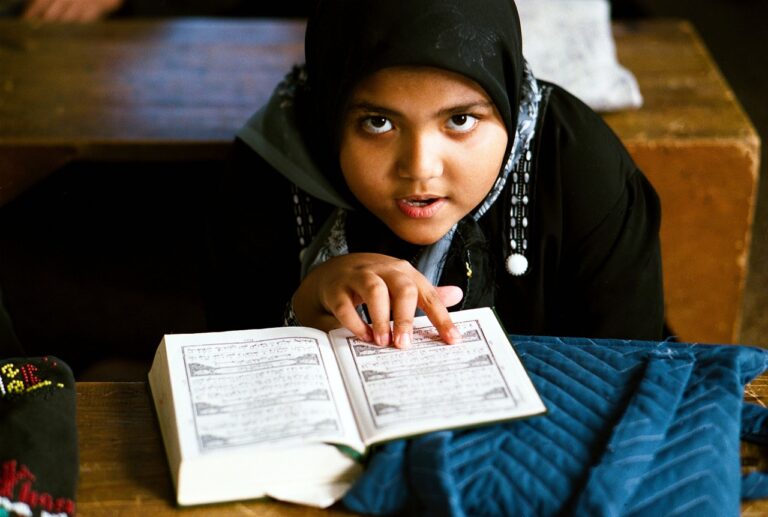Understanding the Effects of Poverty on Education: Breaking the Cycle
A student’s socioeconomic background plays a significant role in their academic success. Research shows that students from low-income families often face challenges such as limited access to resources, higher stress levels, and fewer opportunities for enrichment activities. These factors can impact their ability to focus in school, engage in learning, and perform well academically.
Furthermore, socioeconomic status can also influence the quality of education a student receives. Schools in low-income areas may have fewer resources, experienced teachers, and advanced courses compared to schools in wealthier neighborhoods. This disparity in educational opportunities can widen the achievement gap between students from different socioeconomic backgrounds, making it harder for those in poverty to excel academically.
• Students from low-income families face challenges such as limited access to resources
• Higher stress levels can impact their ability to focus in school
• Fewer opportunities for enrichment activities may hinder academic success
• Schools in low-income areas may have fewer resources and experienced teachers
• Disparity in educational opportunities can widen the achievement gap between students from different socioeconomic backgrounds
• Lack of advanced courses compared to schools in wealthier neighborhoods may make it harder for those in poverty to excel academically
Challenges Faced by Students Living in Poverty
Students living in poverty often face a myriad of challenges that can impede their academic success. Lack of access to resources such as textbooks, technology, and educational materials is a significant barrier for these students. Without these essential tools, their ability to keep up with coursework and perform well in their studies is compromised.
Moreover, students from low-income backgrounds may also struggle with unstable living conditions, food insecurity, and limited access to healthcare. These stressors can negatively impact their mental and physical well-being, making it even more challenging to focus on their education. As a result, students living in poverty may find it difficult to concentrate in class, complete assignments, and reach their full academic potential.
Access to Resources and Support for Low-Income Students
Low-income students often face significant challenges in accessing the necessary resources and support to succeed academically. Without adequate resources such as textbooks, school supplies, and a conducive study environment, these students may struggle to keep up with their peers. The lack of support systems in place can further exacerbate the academic achievement gap between low-income students and their more affluent counterparts.
Furthermore, the stigma associated with being from a low-income background can also deter students from seeking help or support when needed. This can lead to feelings of isolation and a sense of being unworthy or incapable of achieving academic success. Without a strong support network to encourage and guide them, low-income students may find themselves falling behind in their studies and facing additional barriers to accessing higher education and better opportunities in the future.
How does socioeconomic status impact academic achievement?
Socioeconomic status can significantly impact academic achievement as students from low-income backgrounds may face challenges such as lack of access to resources, inadequate support systems, and additional stressors that can hinder their academic success.
What are some common challenges faced by students living in poverty?
Some common challenges faced by students living in poverty include limited access to educational resources such as books and technology, inadequate nutrition, unstable housing situations, and lack of support systems at home.
How can low-income students access resources and support to improve their academic outcomes?
Low-income students can access resources and support through programs such as free tutoring services, school-based assistance programs, community organizations, and government initiatives aimed at leveling the playing field for all students regardless of their socioeconomic status.







